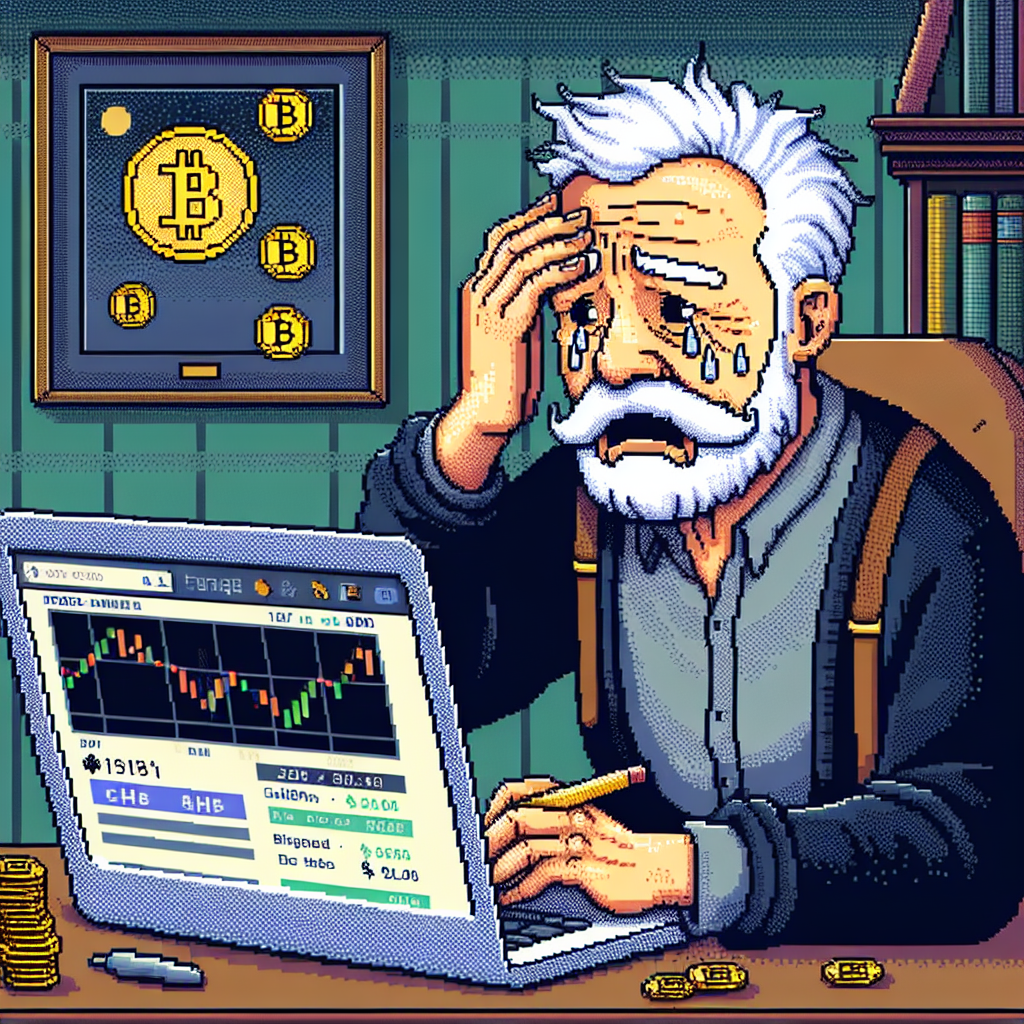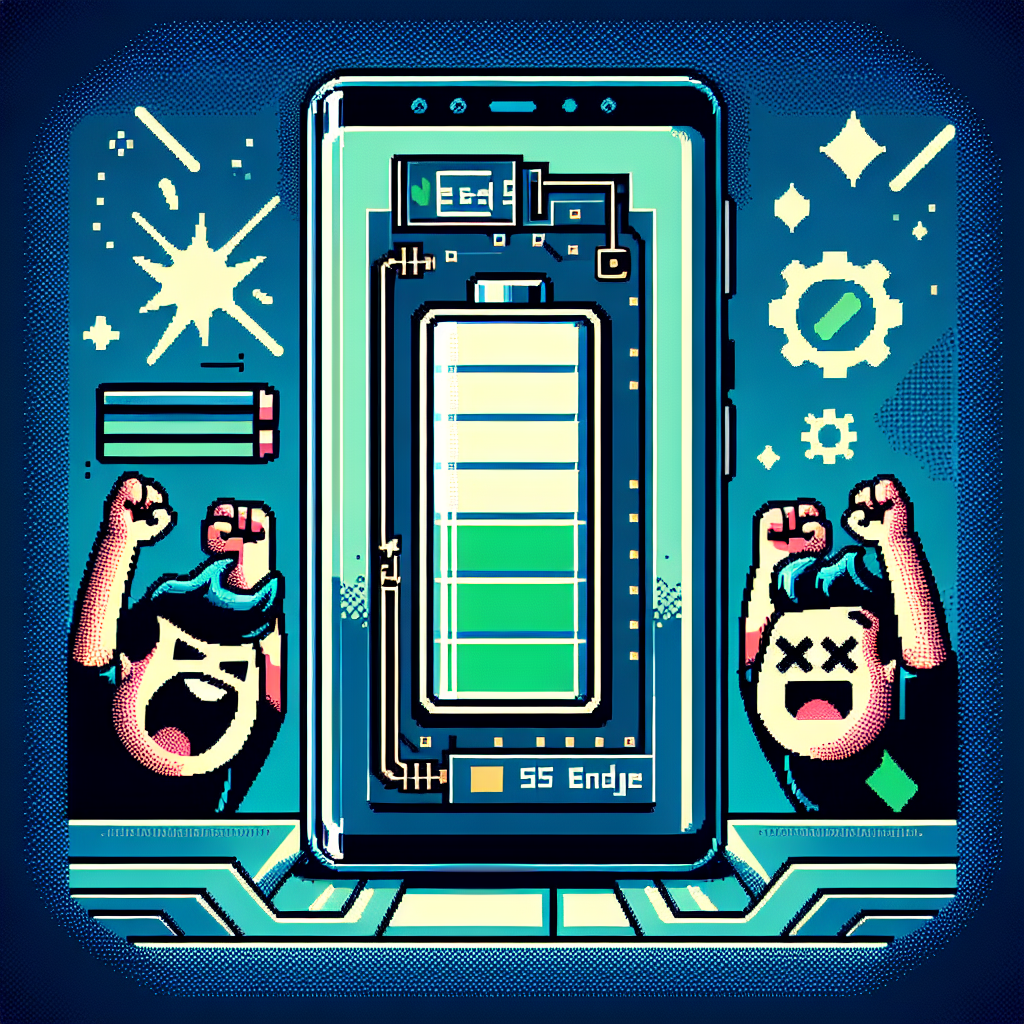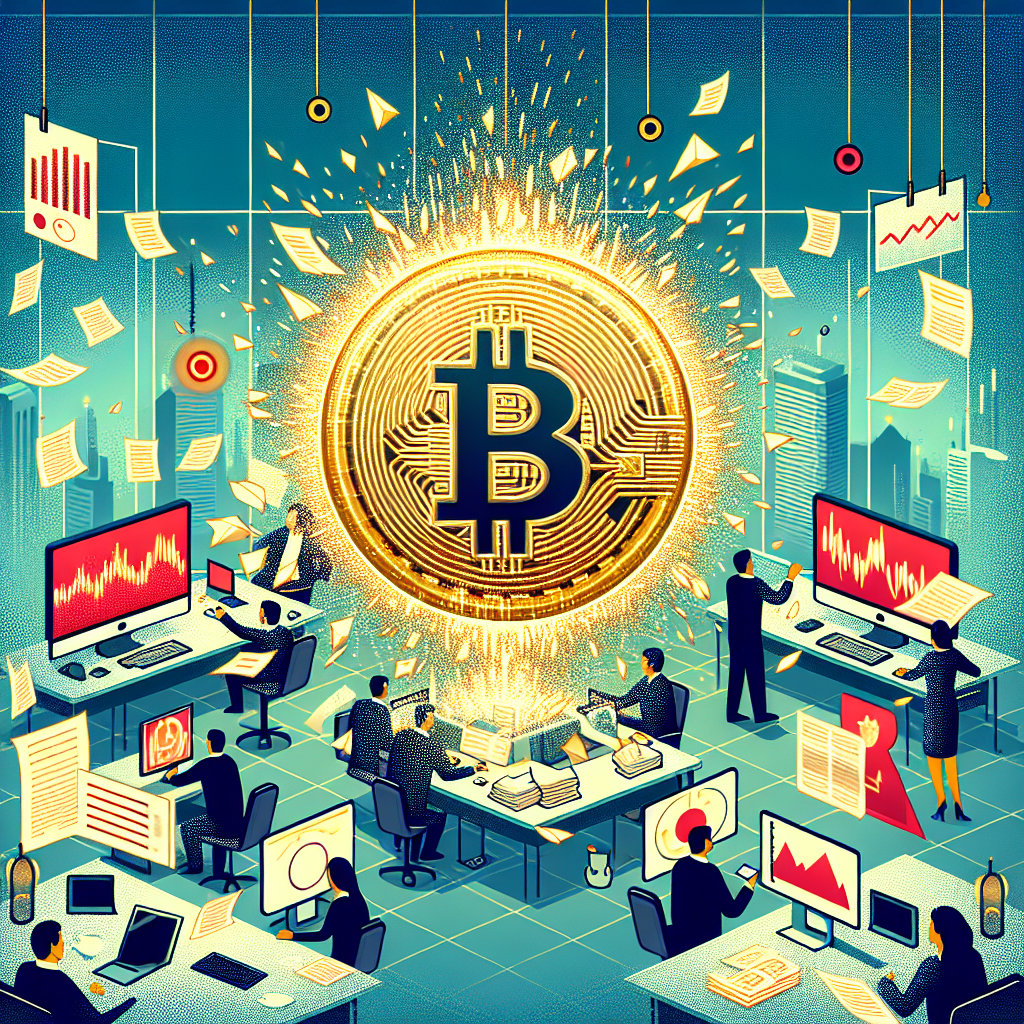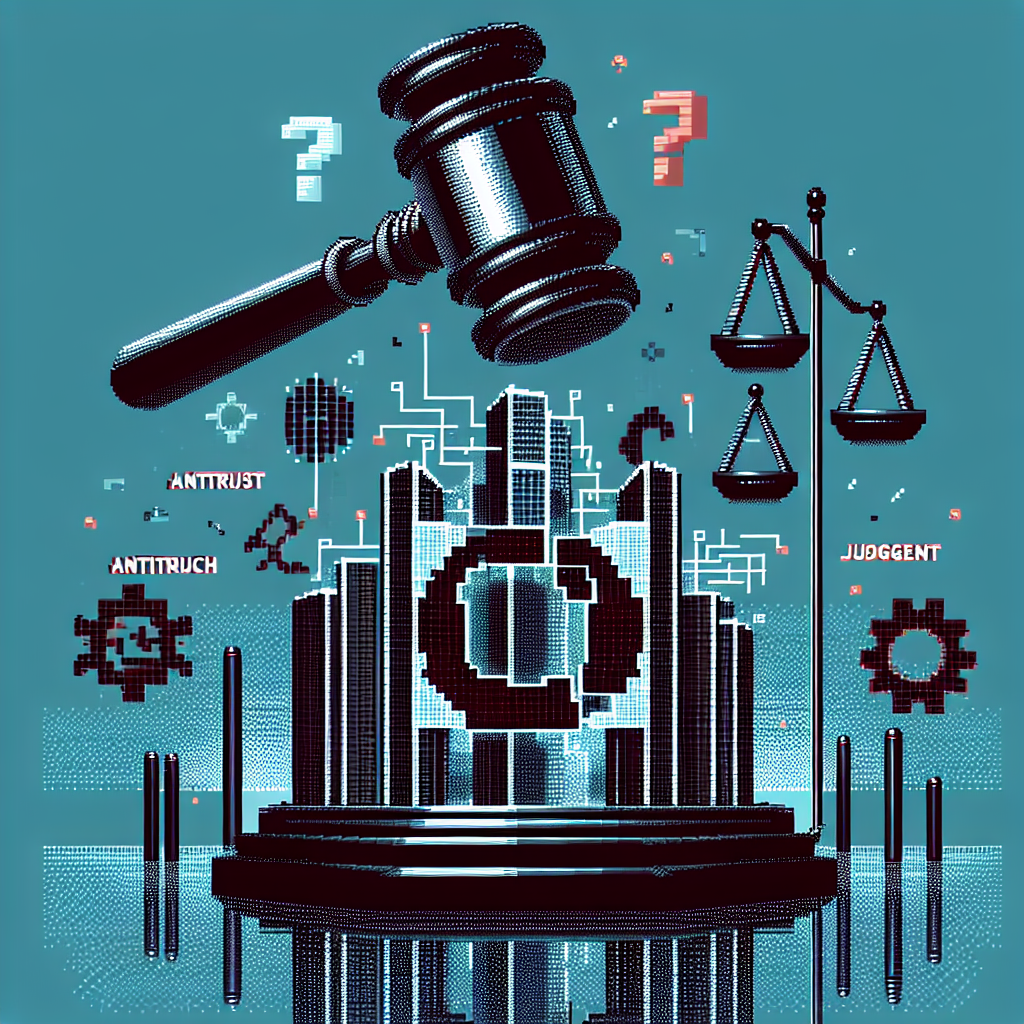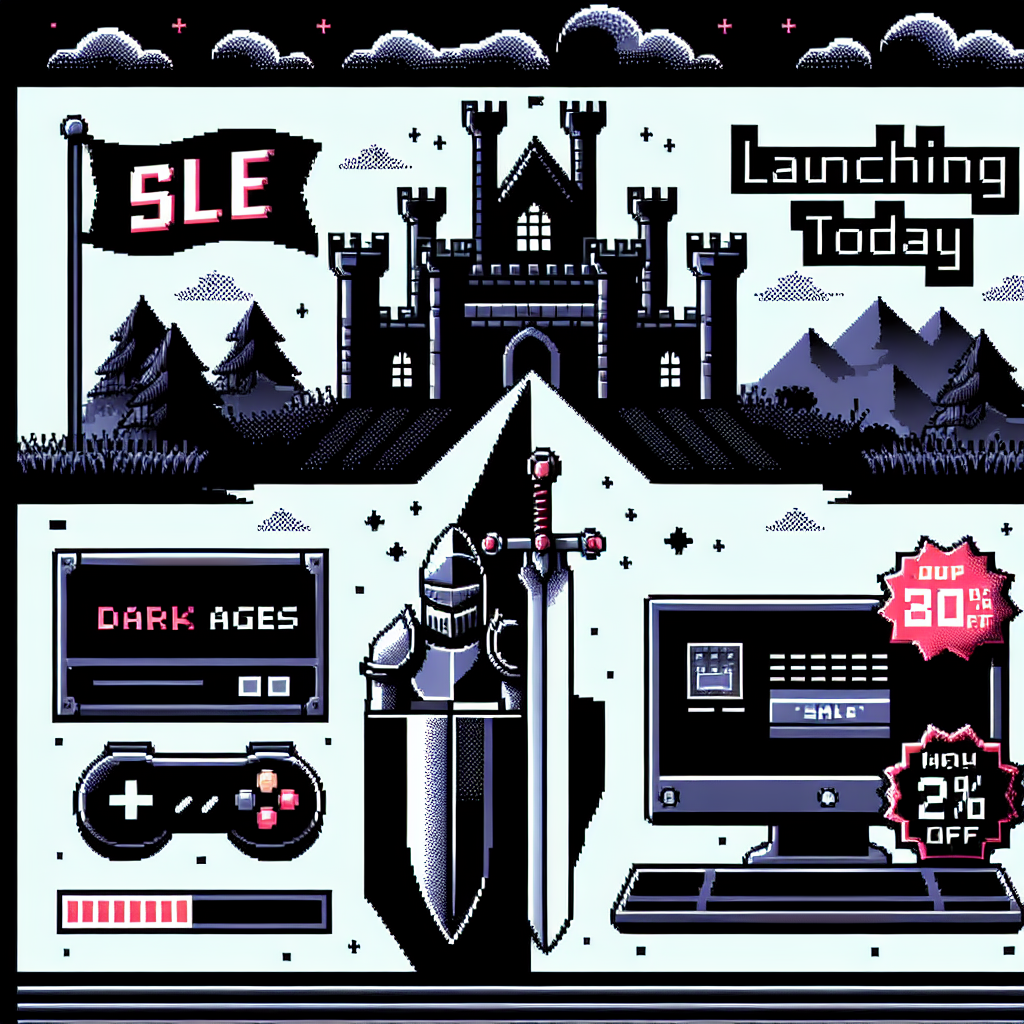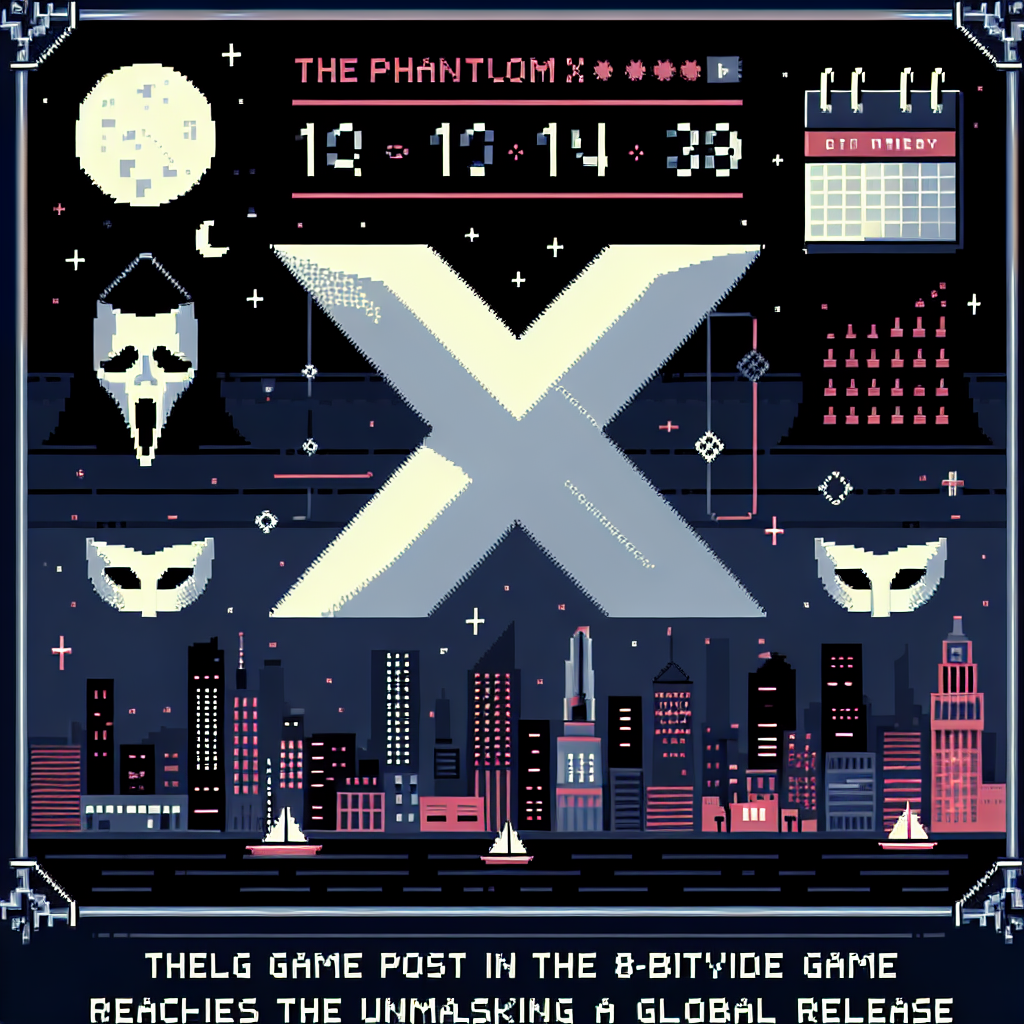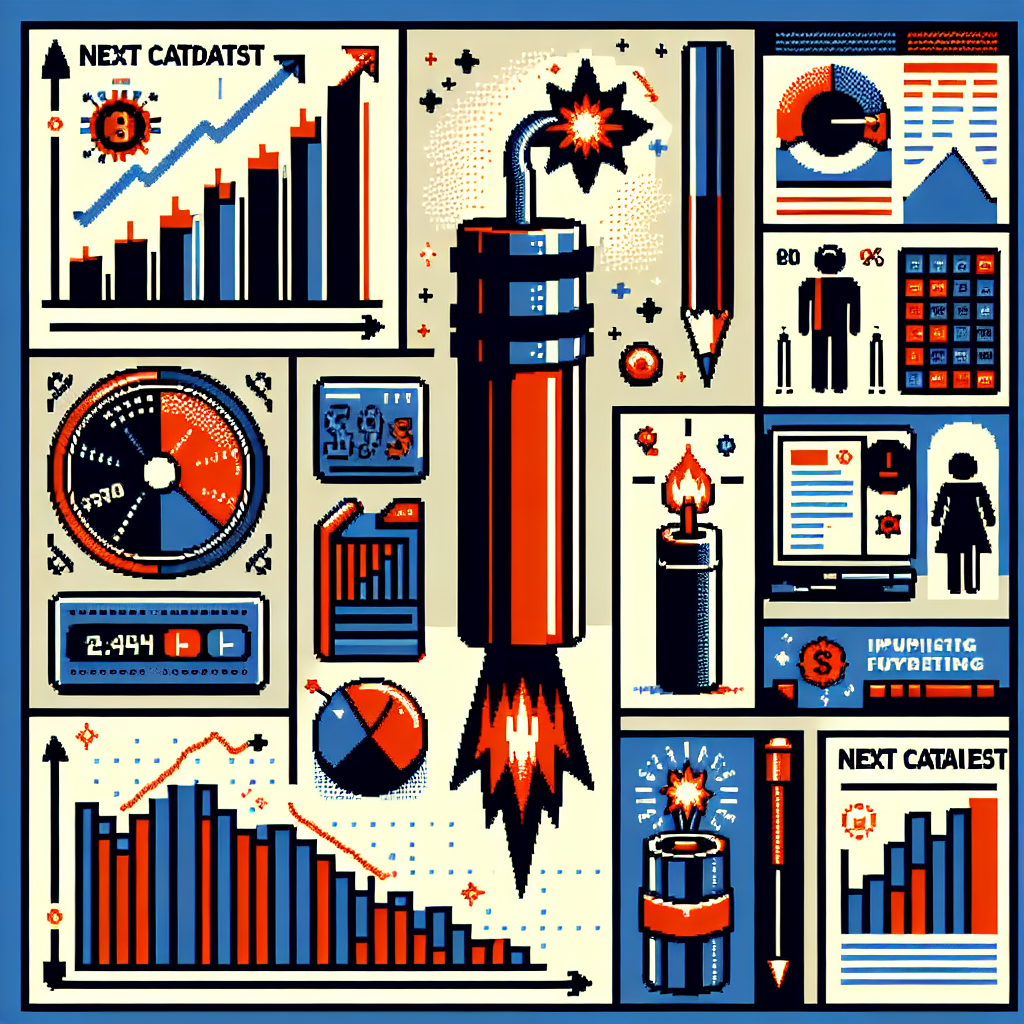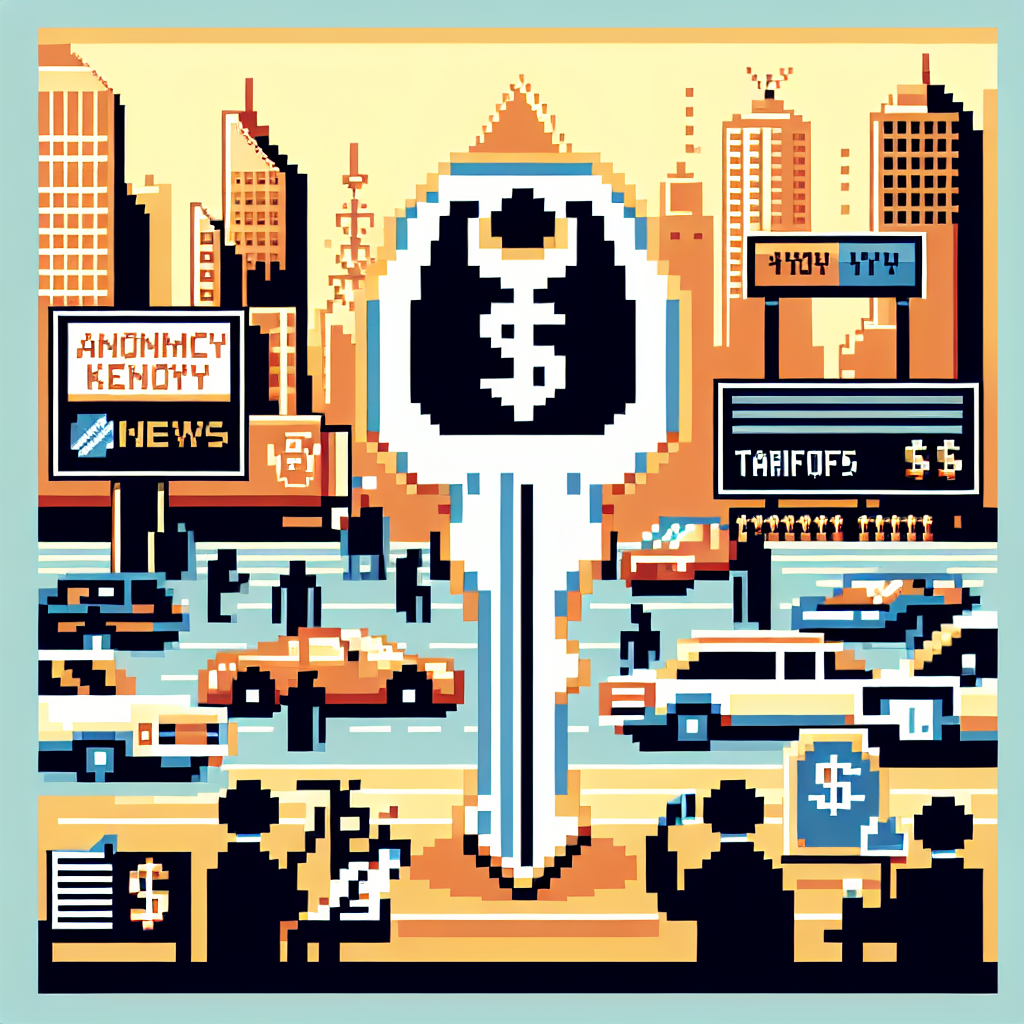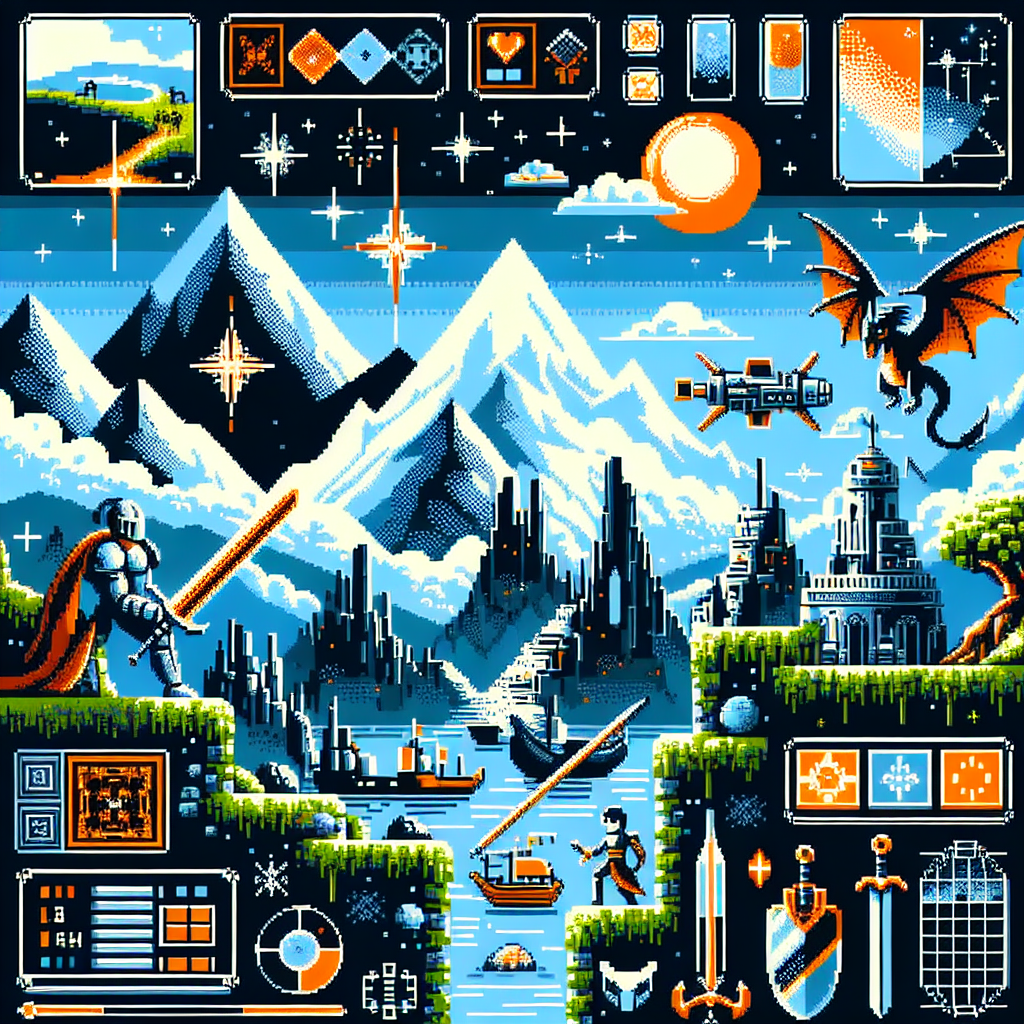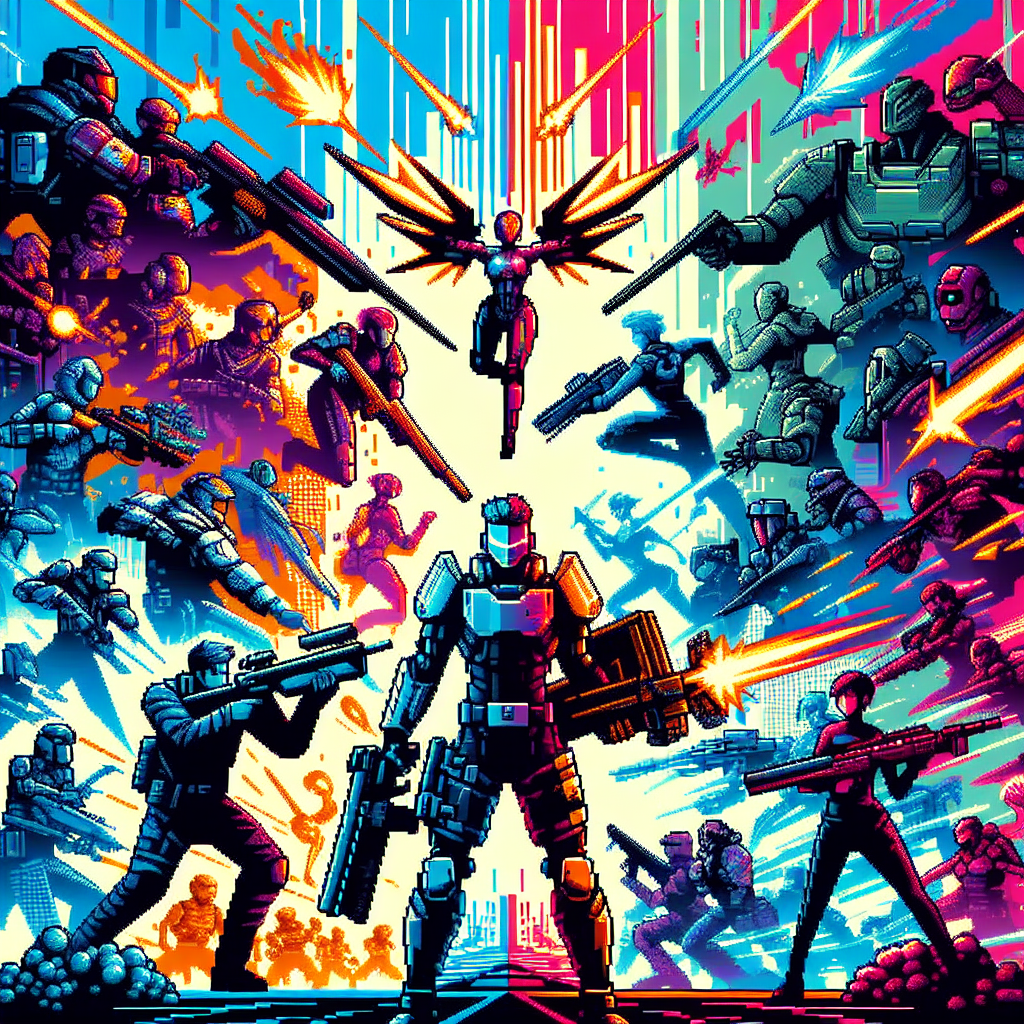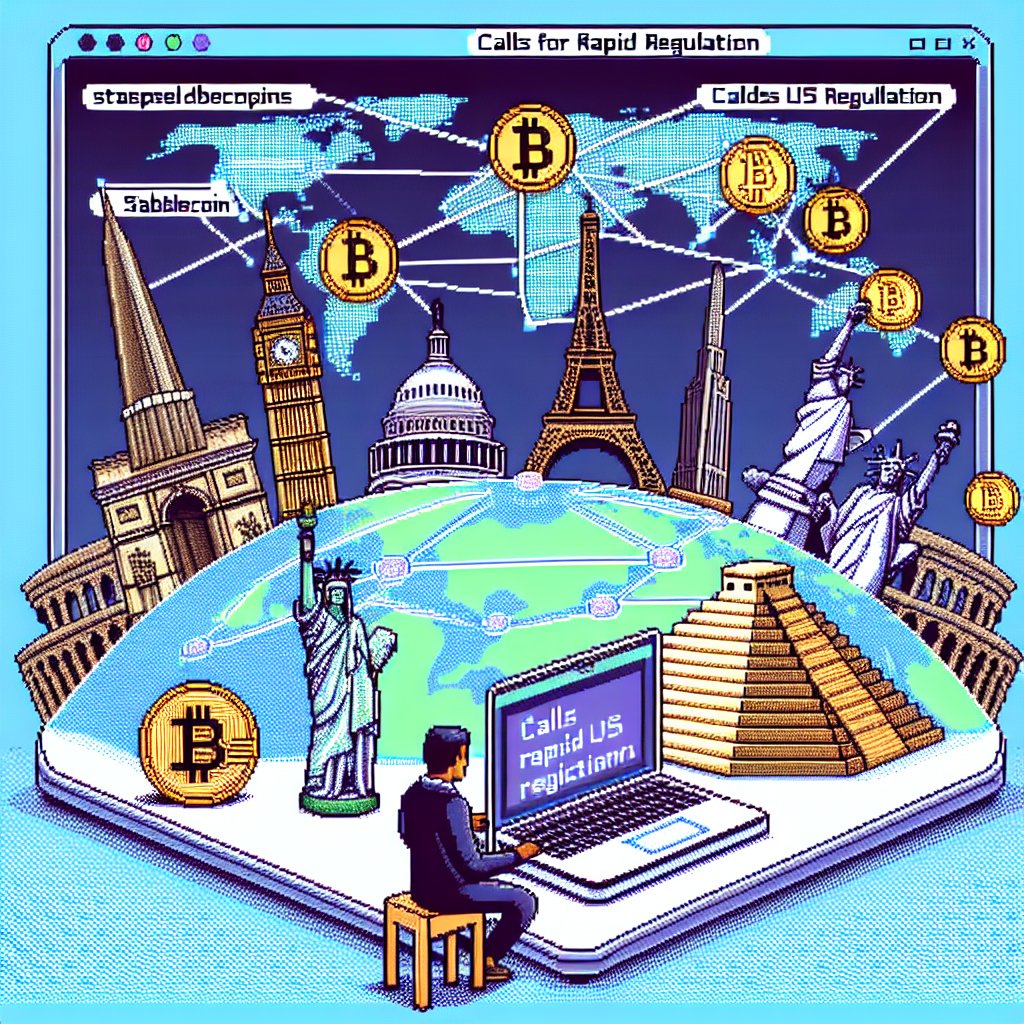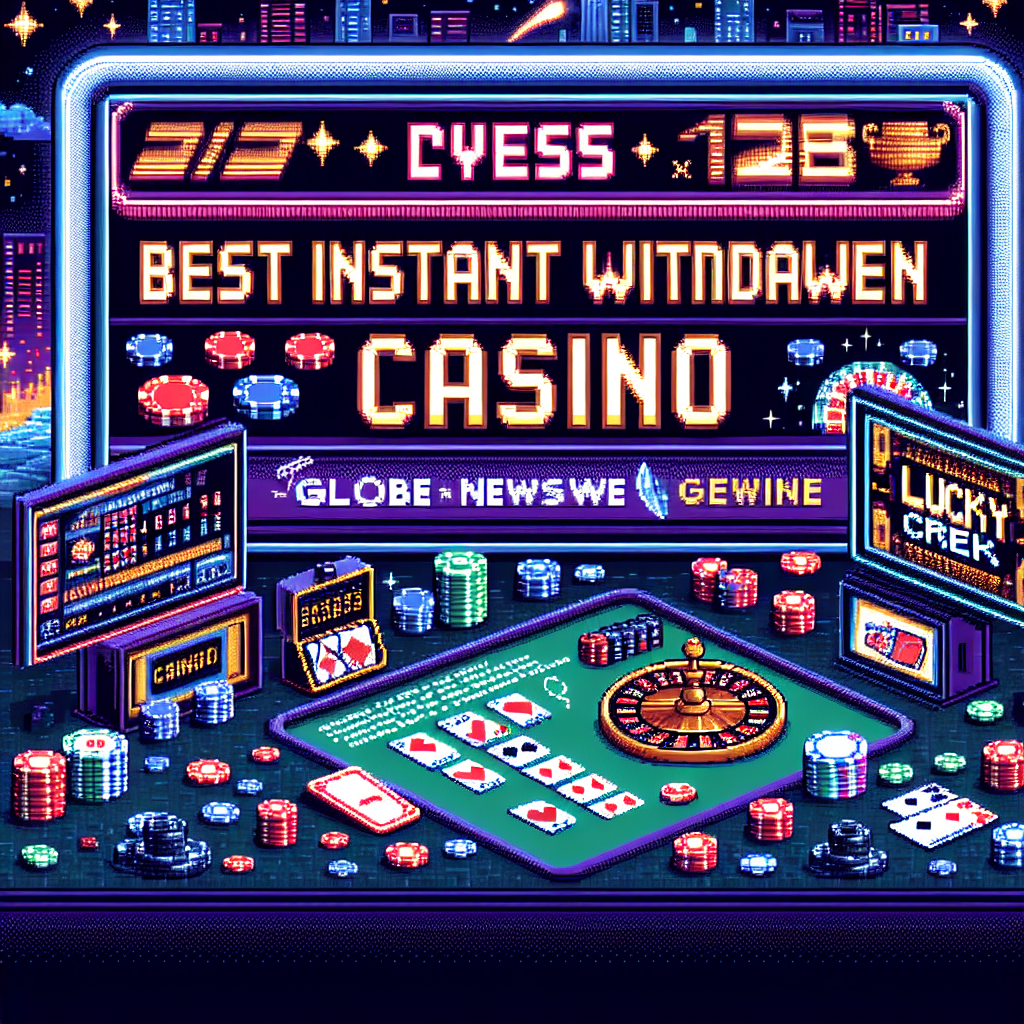Retired artist loses $2M in crypto to Coinbase impersonator - Cointelegraph | Analysis by Brian Moineau
The Cautionary Tale of Ed Suman: Art, Scams, and the Digital Frontier
In an age where technology is the brush and the world is the canvas, artists like Ed Suman have found new avenues to express their creativity and manage their finances. However, the digital realm, much like the art world, has its shadows. Recently, Ed Suman, a retired artist, fell victim to a scam that resulted in the loss of over $2 million in Bitcoin and Ether. This unfortunate event unfolded as scammers, masquerading as Coinbase support agents, exploited a recent data breach to dupe unsuspecting victims.
Ed Suman's story is not just a tale of financial loss but also a reminder of how the digital age, while offering vast opportunities, requires a new level of vigilance. As an artist, Suman spent his life creating works that speak to the human experience, yet in this digital landscape, he encountered a harsh lesson in human deception.
The Rise of Crypto Scams: A Digital Epidemic
The scam that targeted Suman is symptomatic of a larger epidemic that has plagued the crypto world. With the rise of cryptocurrencies like Bitcoin and Ether, there's been an equally significant rise in scams designed to exploit the uninitiated. According to a report by the Federal Trade Commission, consumers reported losing over $80 million to cryptocurrency scams in the six months leading up to April 2021, a tenfold increase from the previous year.
These scams often involve impersonating legitimate companies or individuals, a tactic that has proven devastatingly effective. In Suman's case, the scammers capitalized on a breach in Coinbase, one of the world's largest cryptocurrency exchanges, underscoring the importance of robust cybersecurity measures and user awareness.
Lessons from the Art World
If there's one thing the art world teaches us, it is the value of authenticity and discernment. Just as a seasoned art collector learns to distinguish a masterpiece from a forgery, so must we learn to navigate the digital landscape with a discerning eye. This means verifying sources, using two-factor authentication, and being cautious of unsolicited communications—especially those concerning financial assets.
Ed Suman's experience echoes the broader challenges faced by many as they navigate the digital economy. Whether it's an artist managing their portfolio or an investor diversifying their assets, the need for digital literacy and security is paramount.
The Broader Context: Digital Trust and Security
This incident comes at a time when digital trust is paramount. With data breaches becoming increasingly common, companies and individuals alike must prioritize cybersecurity. The World Economic Forum has highlighted cybersecurity as one of the greatest challenges of our time, emphasizing the need for a concerted effort to protect digital assets and personal information.
Interestingly, the art world itself is experiencing a digital transformation. Non-fungible tokens (NFTs) have emerged as a new frontier, enabling artists to monetize digital art. However, this too comes with challenges, as the NFT space has also been targeted by scammers.
Final Thoughts: A Call for Vigilance and Innovation
Ed Suman's story is a stark reminder of the vulnerabilities we face in an interconnected world. While technology offers unprecedented opportunities for creativity and financial growth, it also demands a new level of vigilance. As we step further into this digital frontier, it is crucial that we arm ourselves with knowledge and tools to protect our assets and our identities.
In the end, much like a painter refining their technique, we must continuously adapt and learn. By fostering a culture of awareness and innovation, we can turn the digital landscape into a canvas of opportunity rather than a minefield of scams. As we journey through this digital age, let us remember that while technology shapes our world, it is our responsibility to shape how we interact with it.
Read more about AI in Business
